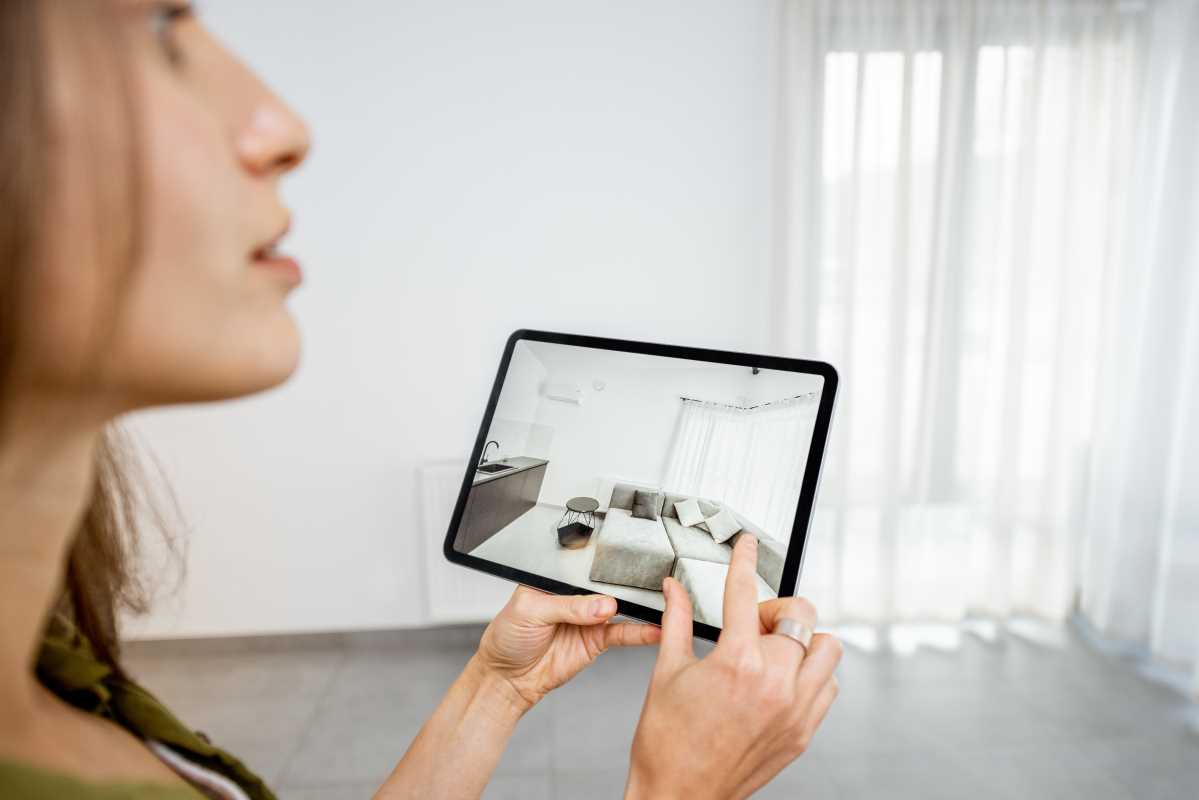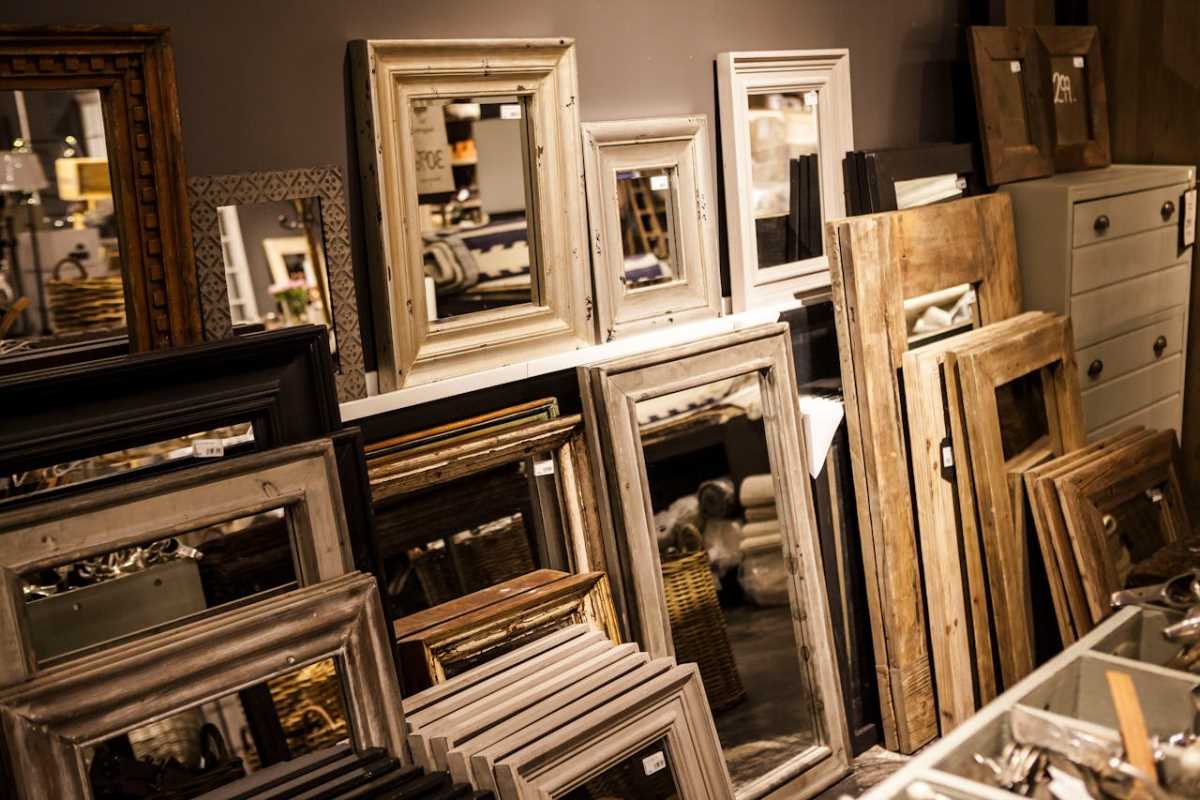Augmented Reality (AR) has emerged as a groundbreaking technology that is changing the way we design and experience our living spaces. While AR is best known for its use in gaming and entertainment, it is making significant strides in the interior design industry. By blending the digital world with the physical one, AR transforms how homeowners, designers, and architects visualize and interact with design elements in a space. From furniture placement to color schemes and décor selection, AR is helping to create more efficient, cost-effective, and personalized design experiences.
Visualizing Furniture Placement and Room Layouts
One of the most impactful ways AR changes interior design is through furniture placement and room layout visualization. Traditionally, designers and homeowners would rely on sketches, mood boards, and physical samples to experiment with furniture arrangements. With AR technology, users can now use apps or devices to instantly place furniture in a room, helping them visualize how different pieces will fit in the space. Users can move furniture virtually by simply pointing their phone or tablet at a room to see how it works within the room's dimensions.
This is particularly useful for homeowners and designers dealing with small or oddly shaped spaces, where it can be difficult to know if a piece will fit or look right. With AR, trial and error can be done virtually, saving both time and effort. It also allows users to experiment with multiple layouts and furniture pieces before purchasing, ensuring that the final selection is perfect for the space.
Simplifying Color and Texture Selection
Selecting the right colors and textures for a space can often be one of the most challenging aspects of interior design. A color that looks perfect on a paint sample or fabric swatch may look entirely different when applied to the walls or furniture in a room. AR technology helps eliminate this uncertainty by allowing users to see how a color will appear in real-time within their space.
By using AR apps, homeowners can virtually “paint” walls or view different textiles on furniture items. The technology considers the room’s lighting, which plays a significant role in how colors appear. This capability allows users to experiment with color palettes, textures, and patterns without the need to physically paint or purchase fabric samples. With AR, the process of choosing the right design elements becomes faster, more accurate, and less costly.
Selecting Home Décor and Accessories
When it comes to home décor and accessories, choosing items that complement a room’s overall design can be overwhelming. With so many options available, it’s hard to know if an item will truly work in the space. AR is changing this process by allowing users to virtually place rugs, lamps, artwork, and other décor items in their room to see how they will look with the existing furniture and layout.
For example, if a homeowner is considering a new rug, they can use an AR app to see how it looks in the room’s space, considering the color, size, and style of the rug compared to the rest of the décor. This allows for more informed purchasing decisions and can save time and money by preventing the need for returns or exchanges due to mismatches.
Improving Collaboration Between Designers and Clients
One of the biggest advantages of AR in interior design is the way it enhances collaboration between designers and clients. Traditional design presentations often involve static images, sketches, or mood boards, which can be hard for clients to fully envision. AR changes this by allowing designers to present their concepts in immersive, interactive 3D environments.
Clients can use AR technology to walk through a virtual design and explore different elements of the space. This experience gives them a better sense of how the design will feel once implemented. The ability to interact with the design in real-time fosters clearer communication and makes it easier for both parties to align their visions. This improves the design process, speeds up decision-making, and helps avoid any misunderstandings about the design concept.
AR for Renovations and Remodeling
Home renovations are often stressful and expensive, with homeowners frequently unsure of how design changes will look before the work begins. AR is changing how renovations are approached by offering virtual previews of the final result. Homeowners can use AR to visualize how new walls, furniture, or layouts will look in their current space. This preview gives them a clearer understanding of the design and can reduce the risk of costly mistakes during the renovation process.
For instance, if a homeowner is considering knocking down a wall to create an open-concept living space, they can use AR to see how the space will feel once it is removed. This can help them decide whether the change is worth the investment or if it will have the desired effect. In addition, some AR tools allow users to track the progress of their renovations, helping them stay organized and ensure that everything is proceeding according to plan.
Promoting Sustainable Interior Design
As more people become aware of environmental issues, sustainability has become an important factor in interior design. AR technology can help promote sustainable practices by reducing waste and unnecessary purchases. Instead of buying multiple samples of fabrics or paints to test them out, homeowners and designers can experiment with virtual samples. This reduces the need to physically test every option, cutting down on material waste.
AR allows designers to experiment with different materials and configurations digitally, eliminating the need for trial and error in the real world. This can help designers and homeowners select more sustainable, eco-friendly materials that work best for the space without discarding options that don’t fit.
Challenges and Future Potential
While the potential for AR in interior design is vast, some challenges exist. One of the biggest hurdles is ensuring the accuracy of AR measurements. Sometimes, AR apps may struggle to properly scale furniture or décor items to real-world dimensions, leading to discrepancies between virtual and physical placements. However, these issues are expected to be resolved as AR technology improves, offering more precise results.
Another challenge is the learning curve. Although many AR apps are designed to be user-friendly, some individuals, especially those who are not tech-savvy, may find them difficult to use. As AR becomes more mainstream and integrated into design software, these tools will likely become more intuitive, making them accessible to a wider audience.







